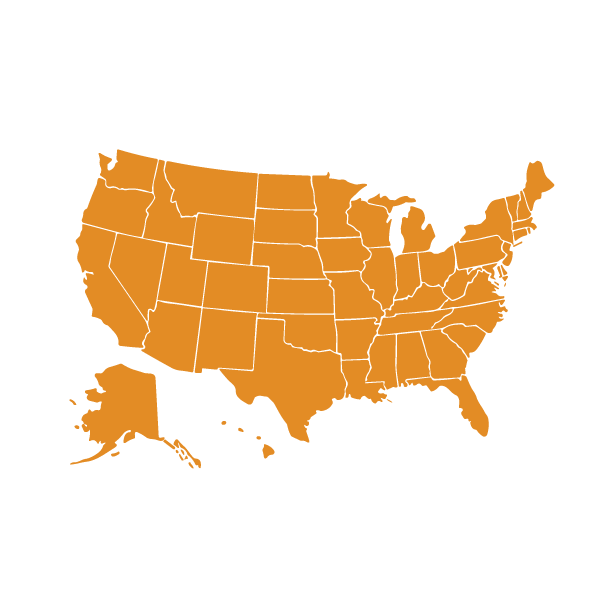The Swastika Counter Project is a public humanities project that tracked and investigated the circulation of swastikas on the streets of America between January 1, 2016 and January 20, 2021–a time period often associated with a rise of authoritarian figures such as Donald Trump, an uptick of antisemitism, a normalization of hatred, and an intensification of white nationalist efforts. Through a longitudinal study of news media, social media, and other sources, over 1300 swastika incidents were identified and then analyzed, visualized, and mapped in order to deepen understanding of the swastika’s contemporary functions in the United States. With this data advocacy website, the Swastika Counter Project aims to expose how swastikas contribute to an unjust contemporary atmosphere of antisemitism and white supremacy within the United States as well as offer credible resources for various stakeholders to help address these interconnected ongoing socio-cultural problems.
What We Do
This project accounts for a limited sample of swastika incidents. Data is limited to a specific time period and, as noted on our Data Biography page, data and findings are constrained by our research methods. With future funding, we aim to expand this research project to make the data inclusive of more swastika incidents not recorded in our data. We encourage other researchers to take up the swastika as a object of study in order to further explore how the swastika continues to function as a technology of violence in the 21st century. This research is especially important in the contemporary moment in which the Israel-Hamas war is complicating understandings about and attitudes toward antisemitism, and the swastika is shifting targets and meaning.
Simplified Summary
The Swastika Counter Project is a research project that looked at swastikas in America from January 1, 2016, to January 20, 2021. This is a time often associated with an increase in hate and antisemitism and the rise of authoritarian figures like Donald Trump. The project documented over 1300 reported incidents of swastikas in order to better understand how they are circulating and to what impact in the United States today. The project especially aims to disclose how swastikas contribute to hate, antisemitism, and white supremacy.
The project has a map showing where swastikas were found, data sets with information about the incidents, reports summarizing key findings, and educational materials. It also links to other educational sources and social justice tracking projects. The project knows its data is limited, but it hopes to expands its studies in the future. Dr. Laurie Gries and Dr. Kelly L. Wheeler led the project, with help from many others.



